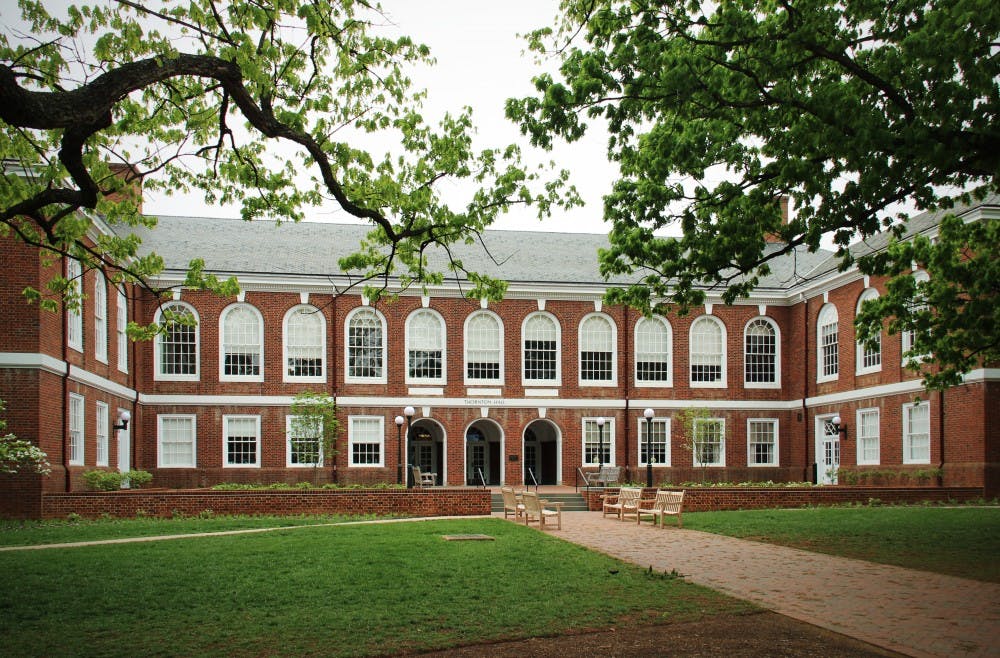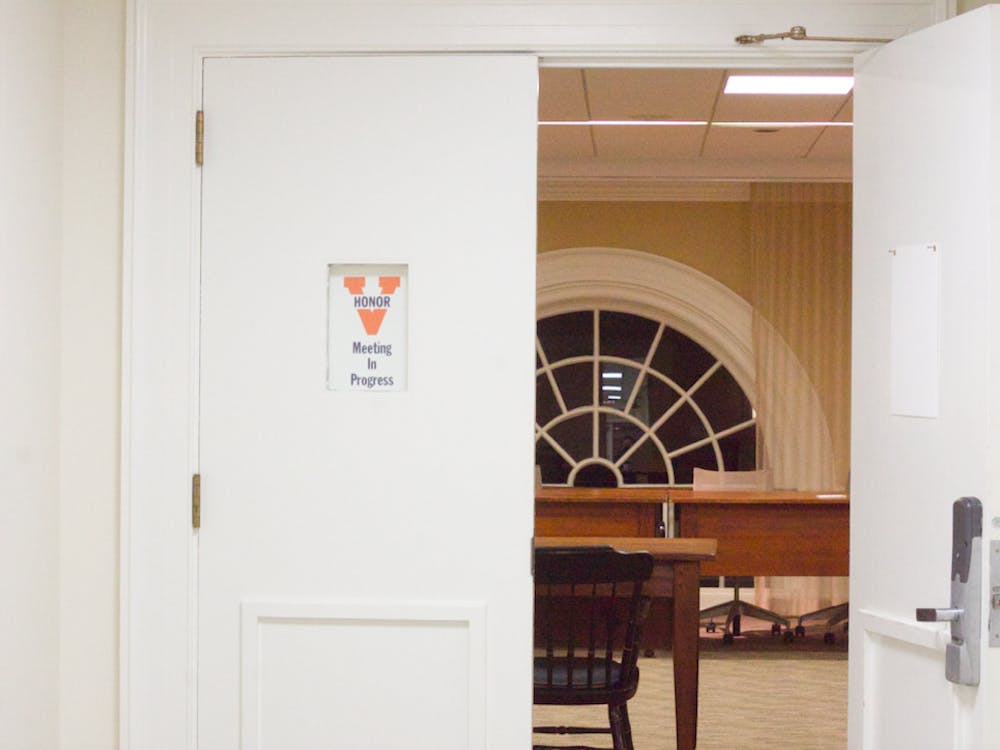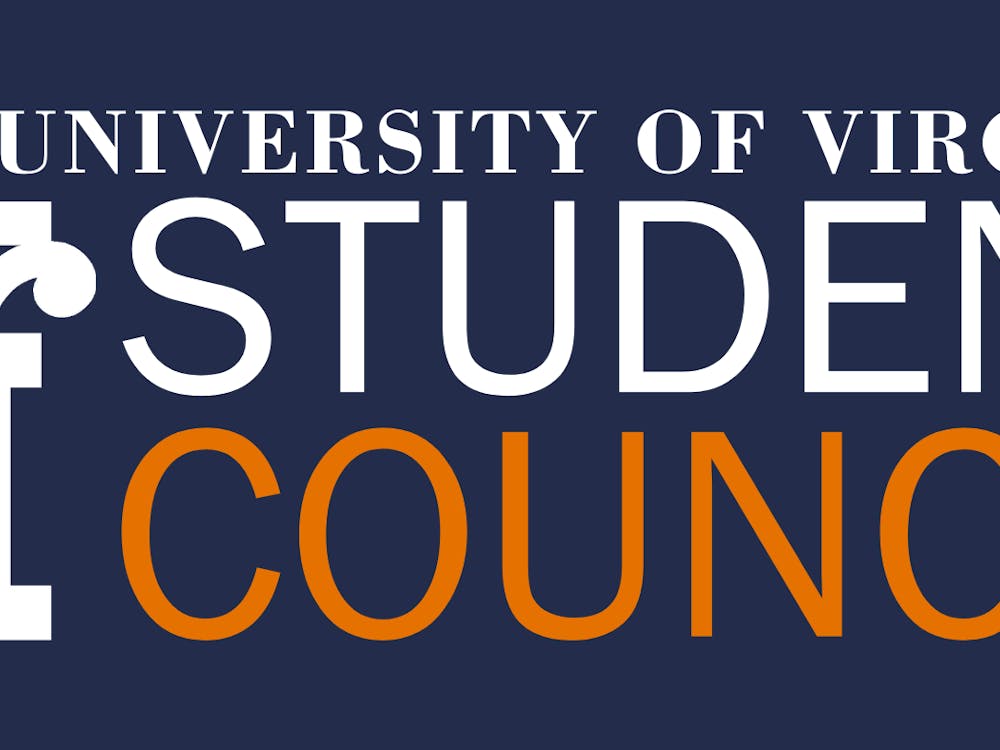The Systems and Information Engineering and the Civil and Environmental Engineering Department recently sent a mass email to the current students of both departments about a novel and potentially exciting initiative: merging the two departments together. While the impetus of the initiative still remains unclear, the email, sent on April 20, was the first notification most students received regarding a fairly monumental decision with potentially immediate ramifications. Students and faculty alike are generally mixed in their support of a potential merger. Some cite concern for curriculum change and others hoping that the merger could foster interdisciplinary analysis and study of engineering systems. While both sides have merit, the merger ultimately is an imprudent initiative. Not only would it dilute the engineering focus of the respective merging departments, but it would not necessarily encourage interdisciplinary thinking when tackling enigmas of engineering.
Dilution of material and curriculum is inevitable when expanding the scope of a class, let alone an entire engineering major, a consequence which is ill-advised and simply not worth the tradeoff. There is no doubt interdisciplinary approaches to engineering are not only important, but imperative to possess in industry nowadays, but there are certainly other avenues to explore to harness such approaches. In fact, almost all engineering degree programs at the University include on average two to three classes devoted to taking engineering classes in other departments to further the interdisciplinary line of thinking requisite to engineering. However, by broadening the scope, systems engineers and civil engineers alike would start to lose classes and material which further penetrate the deep-rooted complexities of their respective majors. The time constraint of four years is quite rigid and although five- and six-year degree completions are available, they are generally undesirable for students. As such, there is a finite quantity of classes, material and knowledge students can gain from any given major. With both systems and civil majors already packed to the brim with necessary courses, it is only logical that certain once necessary courses will be excised from study.
Additionally, the merging of civil and environmental engineering and systems and information engineering does not necessarily help to produce the highly desired interdisciplinary frame of mind. While perhaps more interdisciplinary together than independently, the benefit is negligible in comparison to the significant dilution of knowledge students would gain from the merged major. If the Engineering School administration wanted a more holistic course of study, why not merge computer science and biomedical engineering for bioinformatics or mechanical and electrical engineering for vehicle design? While the choice to merge civil and systems may have been the result of faculty approval in those departments and no others in the Engineering School, the two departments almost seem arbitrarily picked and not fundamentally overlapping in material.
Students, especially in the Systems and Information Technology Department, have voiced concerns over such a merger. Some students believe research will be a primary focus post-merger, a characteristic they believe will perhaps sour the engineering experience for students not interested in performing research. While this remains to be seen, it is nevertheless important testimony to the uncertainty of what this merger will actually look like.
Perhaps the biggest concern of students, and some faculty, is the nebulousness encapsulating the entire issue. The characterization and presentation of the merger by those that have spearheaded it will be critical in not only coming to a consensus about the merger, but also the success or failure of it. While in theory the merger may have flaws, its execution may be more successful, though in such early stages, it is simply too hard to tell.
A steady stream of communication between those spearheading the merger and the parties that will be directly affected by it is not only encouraged, but mandatory for such an initiative to find success. These individuals pioneering the merger, or at least the discussions regarding its imminent benefits, should meticulously and thoughtfully detail justification, as well as provide a clear chronology as to the steps of the merger. Only then can we be satisfied that student voices are heard.
Sean Sequeira is an Opinion columnist for the Cavalier Daily. He can be reached at opinion@cavalierdaily.com.






